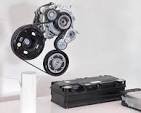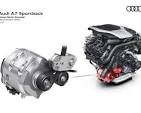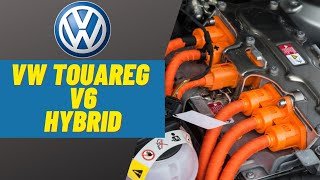L
Lebuha
Today we finally got a complete status on the car. It only took 6 weeks. What happened is: The 12V battery and the camping battery have been running low and at one point the high-voltage battery / hybrid battery has started to charge these two batteries. But it has sent 200 (two hundred) amps and has blown two fuse boxes. So these two fuse boxes need to be replaced along with some connectors. They have been ordered but it is not known when they will arrive.
As I understand it, we are dealing with two different faults. One is that the 12V battery and the camping battery are discharging too quickly, the other is that the high-voltage battery is sending out too much energy to charge the 12V battery and the camping battery.
So now we are still waiting for the car to be ready.
As I understand it, we are dealing with two different faults. One is that the 12V battery and the camping battery are discharging too quickly, the other is that the high-voltage battery is sending out too much energy to charge the 12V battery and the camping battery.
So now we are still waiting for the car to be ready.
















